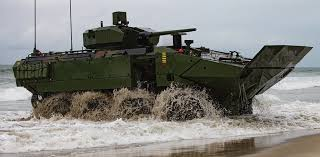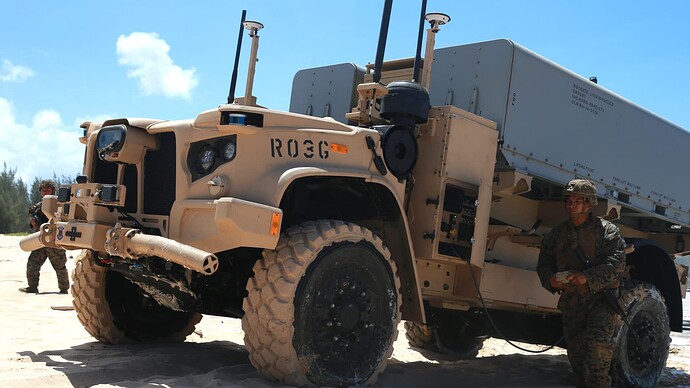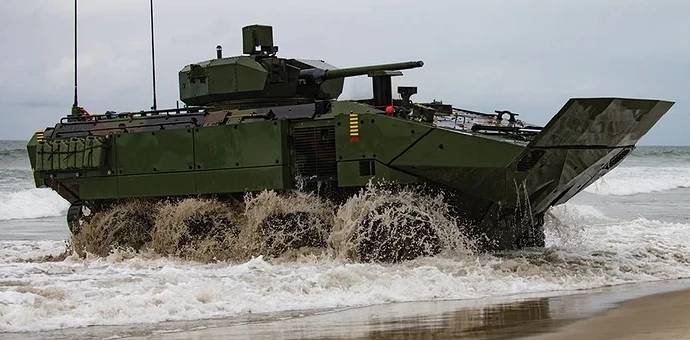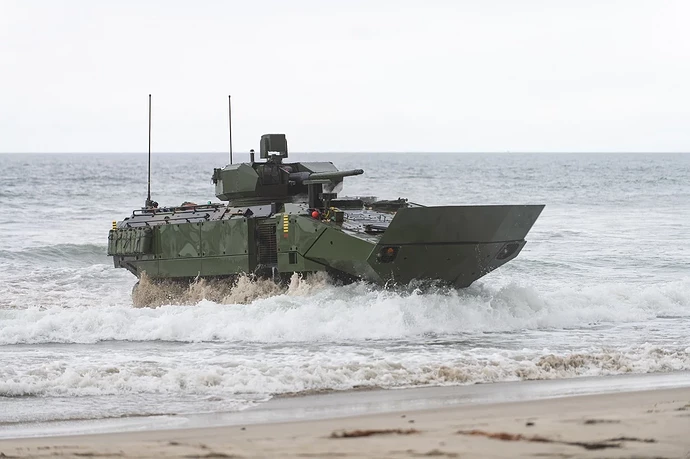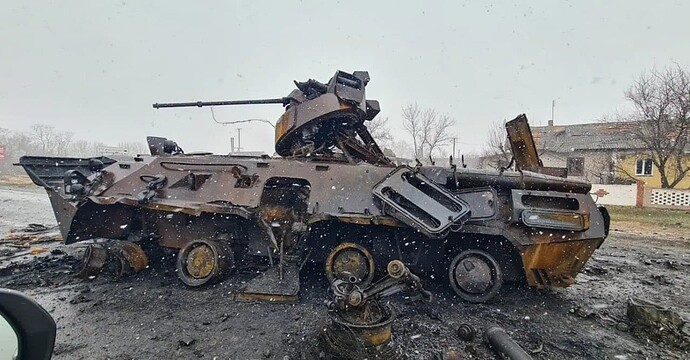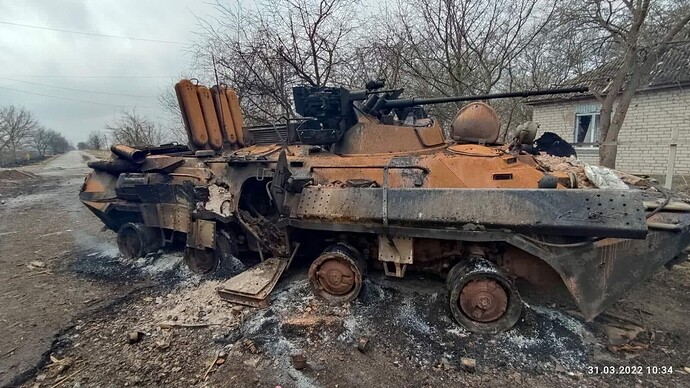One debate offered is that the USMC had balanced MEUs and MEFs before Force Design 2030—a mixture of M1A1 MBTs, AH-1s, UH-1s, AAVs, M777 towed howitzers, etc. in Ground Combat Element and Aviation Elements.
Force Design 2030 did away with that balance and will embark many Marines on Light Amphibious Warships as Marine Littoral Regiments (MLRs) to patrol INDO-PACOM and utilize faster, more mobile assets such as JLTVs, ACVs, MRZRs, HMMWVs, MTVRs, HIMARS, NMESISs, and LAVs or the upcoming ARVs.
To pay for this, the USMC divested of all M1A1s, bridging armor, and tracked vehicles because the current Commandant didn’t ask Congress for additional funding. The savings by not having MBTs will go into new equipment in the form of ACVs, JLTVs, Air Defense, Drone defense, new UGVs, MQ-9s, UASs, logistics, F-35Bs, V-22s, and so forth. The Commandant admitted that the USMC has indeed seen savings by not having any tanks and the fuel it costs to feed the tanks.
Bear in mind that the Russian BTR has armor around 7.62mm AP and ball protection. The ACV’s armor is Secret but should be much better than that to resist 14.5mm at least. Of course these wheeled IFVs won’t stop HEAT warhead rocket launchers and missiles.
The “Hi-Low” mix of armored (JLTV and ACV) to unarmored (MRZR and Boot Marine) is probably one area why critics do not like Force Design 2030. The MEU only had five M1A1s but in training exercises in Africa, those five M1A1s made a huge difference in breaking stalemates against opposing African armies in training.
